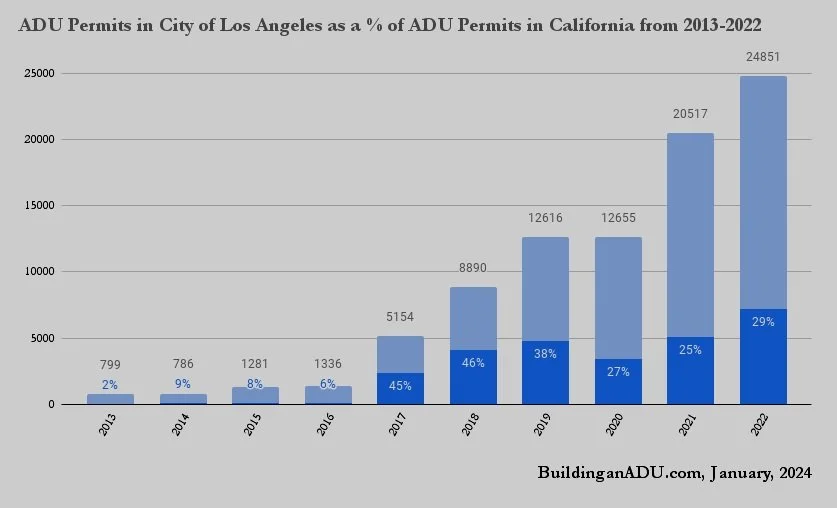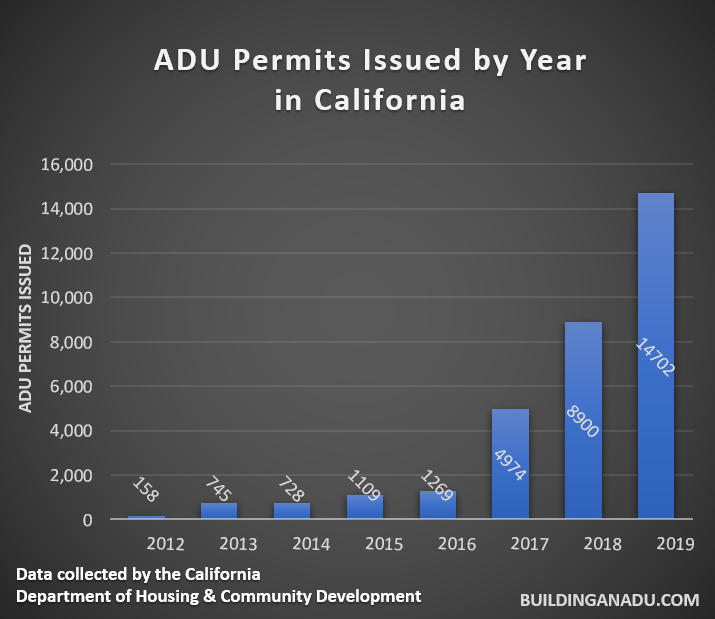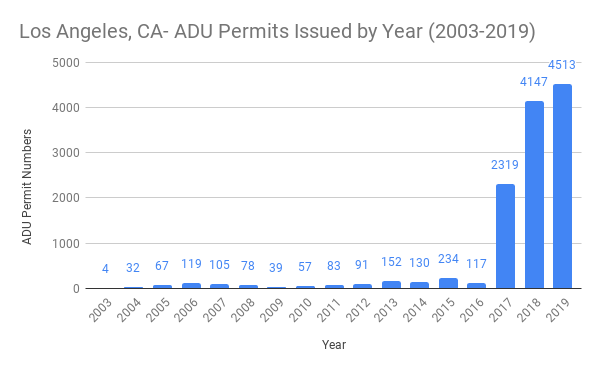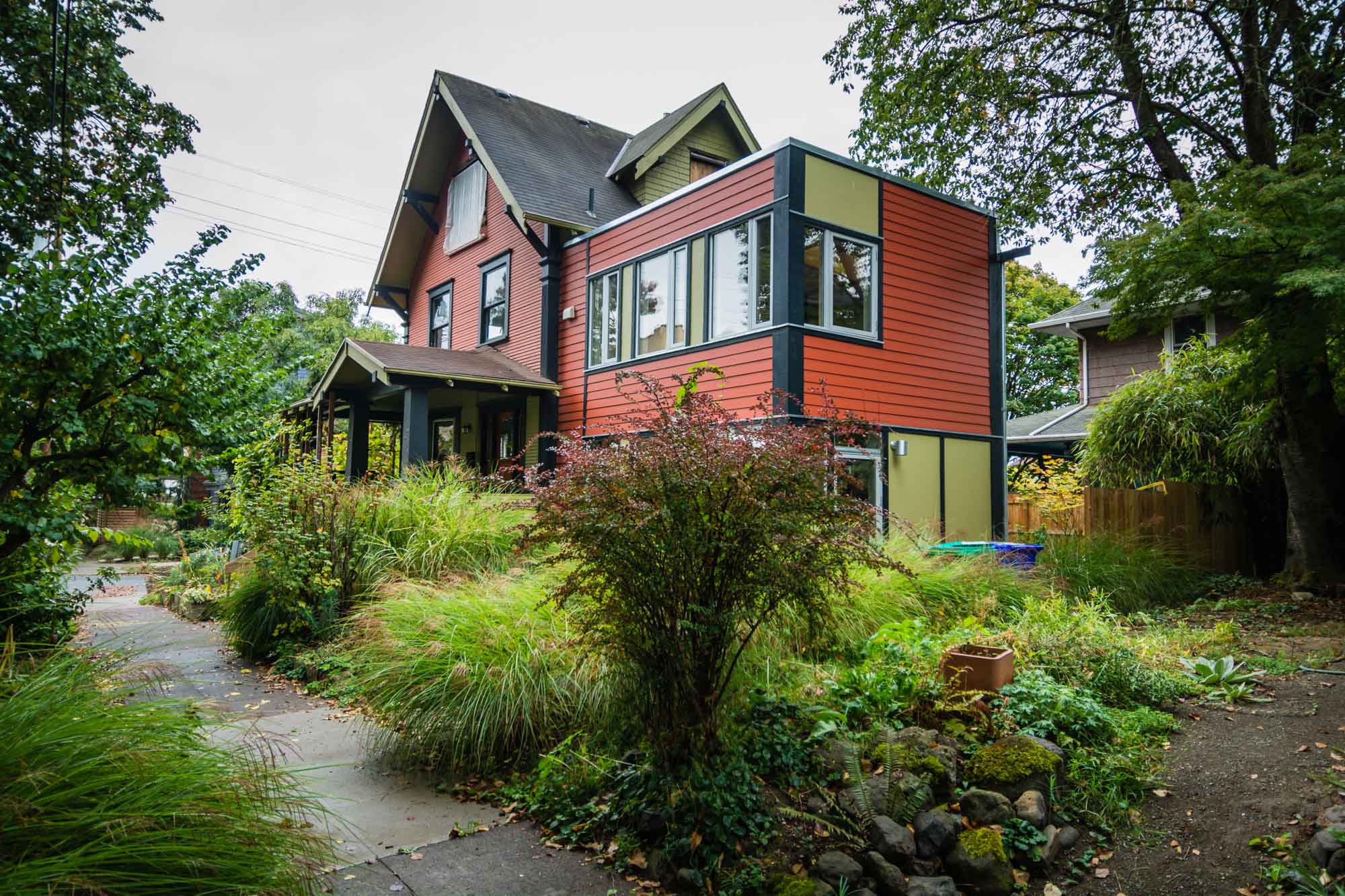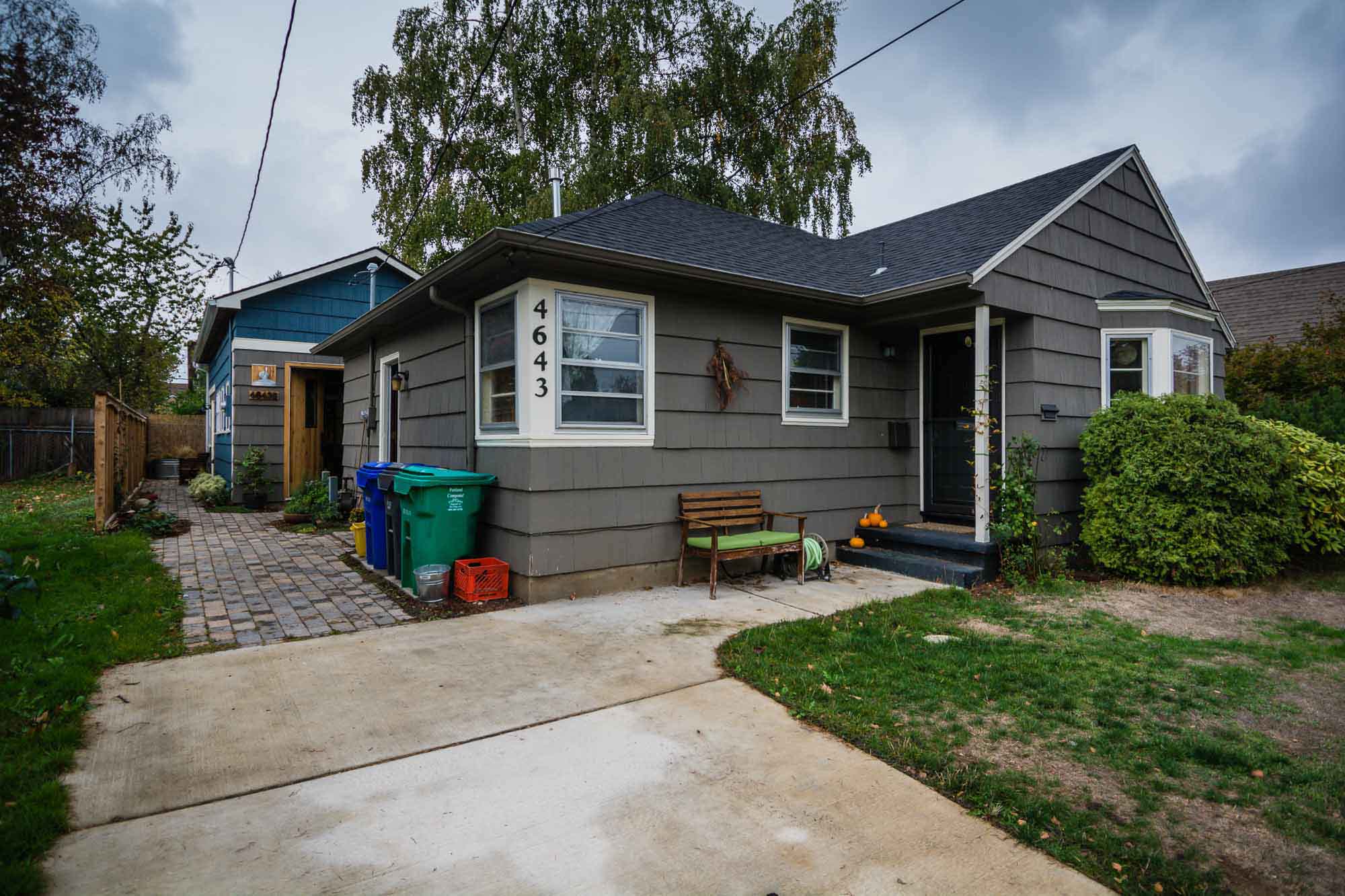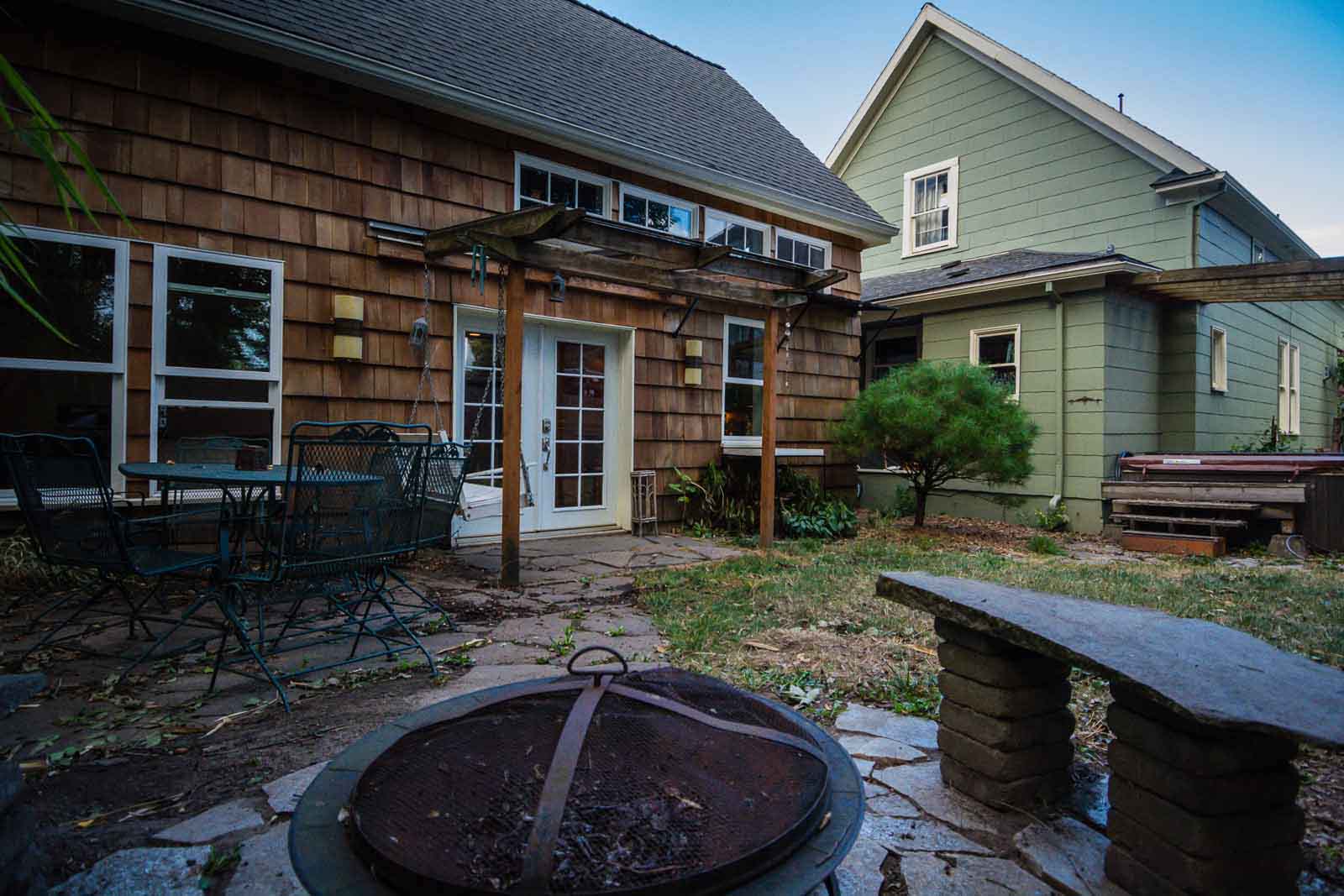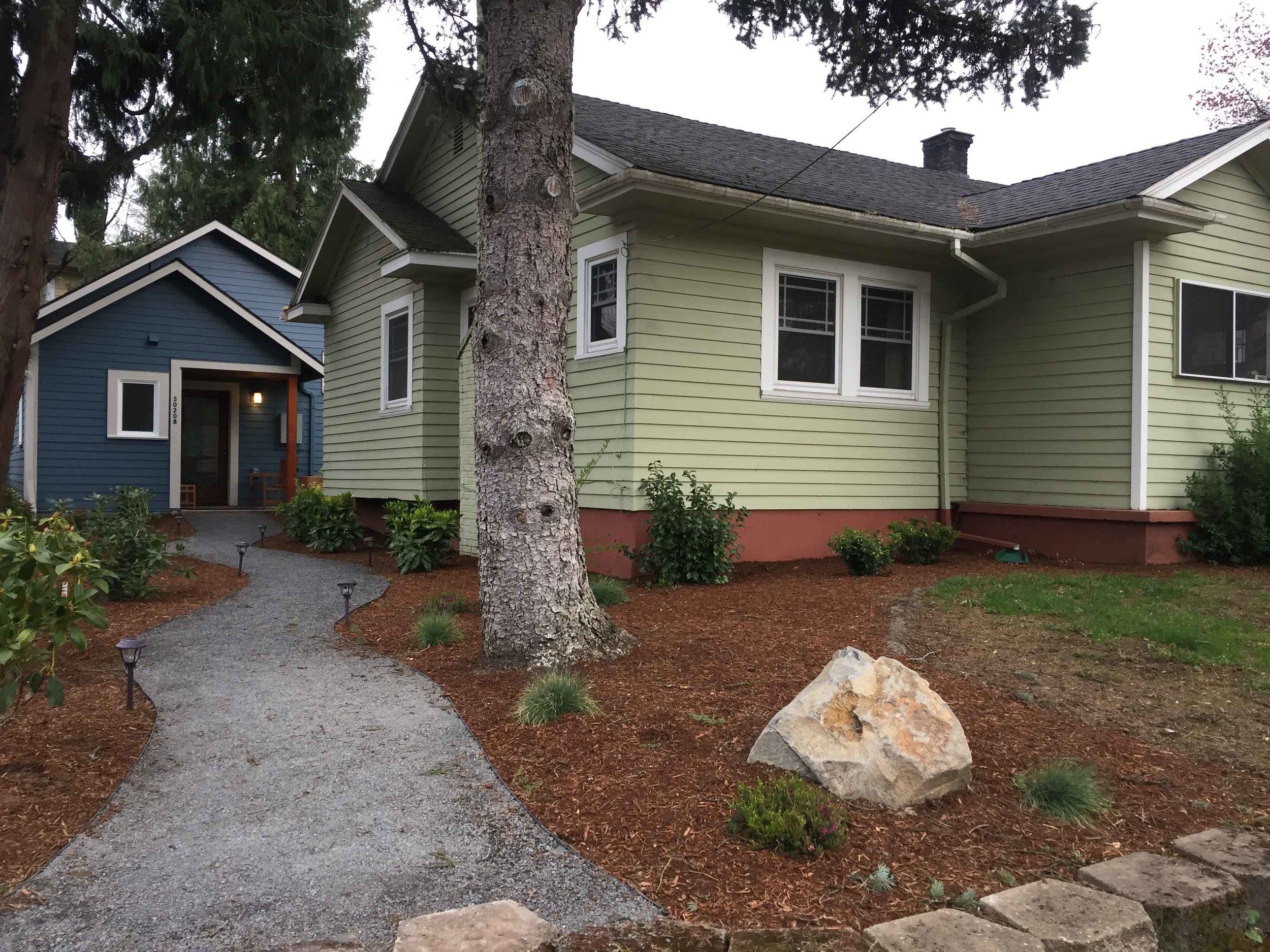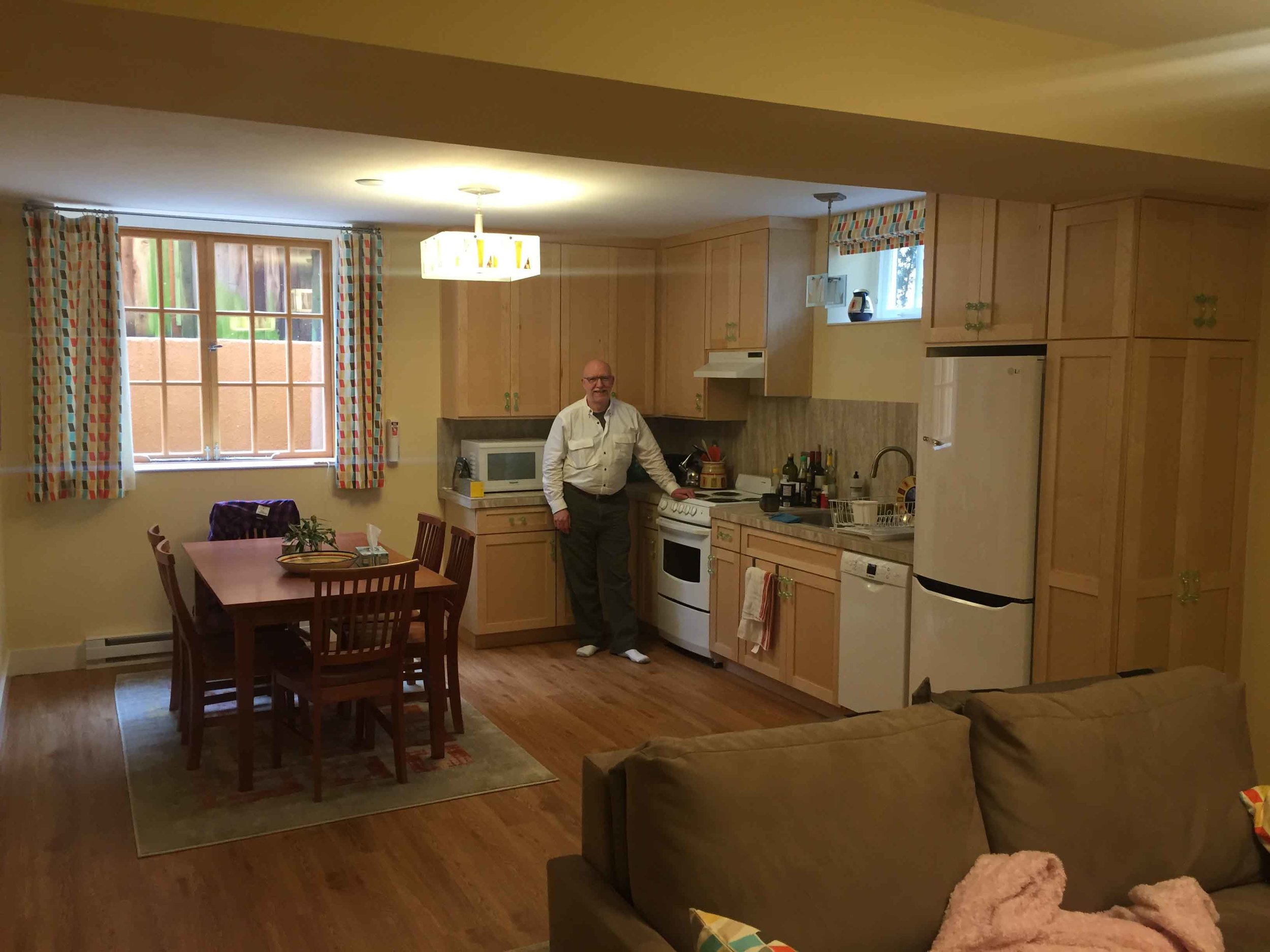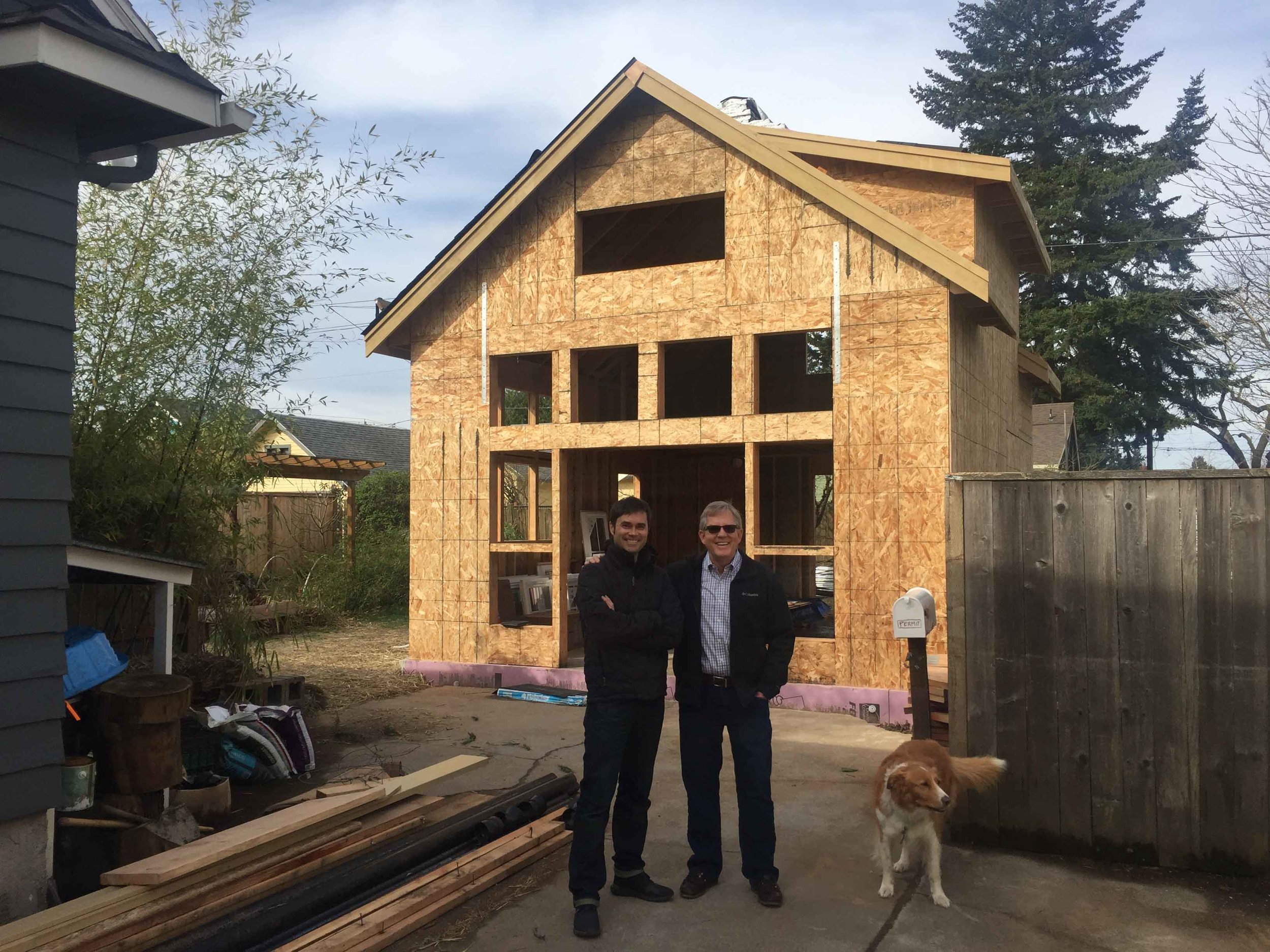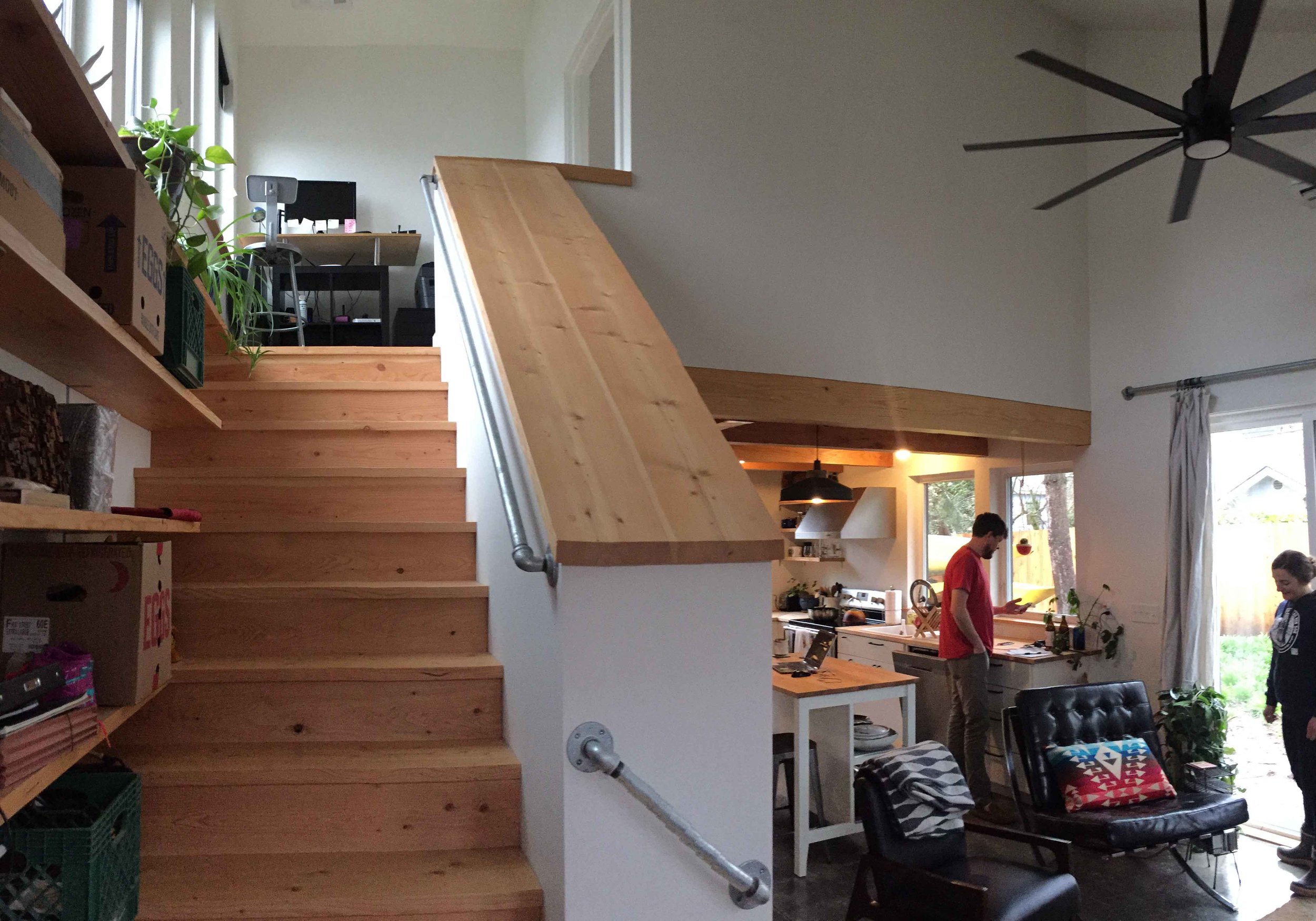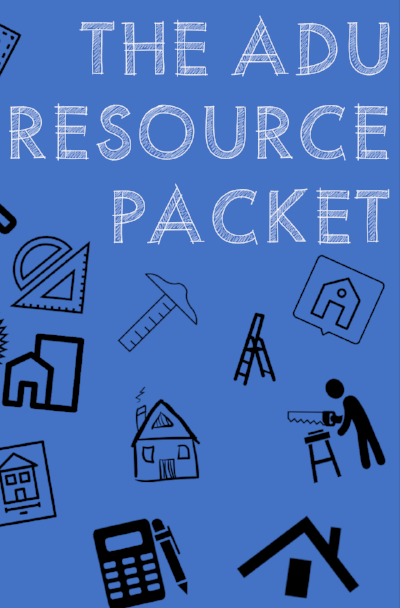
The ADU Resource Packet
In this resource packet, you'll get a line item breakdown of building costs, an explanation of construction contracts, sample site plans and floor plans, and a look at appraisal considerations.
FROM THE ADU BLOG
This article will explain how side and rear yard setbacks are preventing the development of ADUs, and provide a prescription for how to fix these common standards. In part I, I’ll review the appropriate intervention as a legislative matter in the broader context of the ADU movement, and give guidance that will hopefully trigger appropriate changes to municipal codes. Then, in part II, I’ll explore other facets of ADU setbacks.
This may seem weird, but I’m giddy to share this big new ADU dataset from the West Coast with you. This is the first time that this big dataset has been presented to the public. Here, I will show why this particular data is so important, and explain why I’m proud to release it.
Getting my hands on this data from California, Oregon, and Washington was difficult. Making it presentable was also a challenge.
Over the last few years, there have been significant innovations in terms of ADU financing and more experimentation occurring with enabling ADUs to help address the Affordable housing crisis. One of my jobs is doing consulting work on various ADU policies issues. Recently, I got to dig into a topic that has piqued my interest: Mission-Driven Affordable ADU Programs.
Over the holidays, I was fortunate enough to spend a couple of weeks in the East Bay area of California. The East Bay area, primarily Oakland and Berkeley, is overflowing with current ADU activity that makes it a place with fascinating sites, organizations and people and who helped to interpret what I was seeing.
So, here’s a brief sketch of the people I met and the things I saw and learned from my winter workcation.
This is a granular, city-by-city, annual chart depiction of ADU permit trends in California. In California at large, the permit numbers increased from 1,269 ADU permits in 2016 to 14,702 in 2019—-a remarkable 11-fold increase in ADU permits in 3 years, due largely to changes in state legislation over that time span
Homeowners, consider this a call to action.
Build an ADU, now. If you’re a homeowner in a west coast market, and have been sitting on the fence about developing an ADU, the next 1-2 years is the time to do it.
If you know another homeowner who you think should build an ADU, send this post to them.
The week after publishing this post, the nation’s second largest city, the City of Los Angeles, passed an ADU code that allows for mobile ADUs. You can read L.A.’s new ADU ordinance here.
This post offers a first-hand inquiry into the relative ease, flexibility, and affordability of mobile ADUs over all other housing forms allowed in residential zones, including conventional ADUs.
Back in June, 2017, Los Angeles burst onto the ADU scene a record-breaking number of ADUs in the first quarter of that year. It was the beginning of an explosion of ADUs in Los Angeles.…..As a result of this suite of 2019 state legislation, California is now bound to be part of the largest backdoor revolution that the US has seen.
This is Part III of ADUs from an Investor's Perspective. This third installment is written by an investor who builds and holds ADUs on some of his residential properties. Arthur Donaghey is a real estate investor, general contractor and landlord in Portland, Oregon. He has built and manages four ADUs. All of them generate positive cash flow every month.
FROM THE ADU ODYSSEY BLOG...
Finally, the ADU is done! It was a 5-month long project, and cost me $76K out of pocket. I estimate that my sweat equity was $24K, so my total project cost was $100K.

10 ADU Design Principles
Home design is an amazing blend of art and science. And trying to fit everything that matters to you into a smaller space makes design that much more critical. This e-Book will help you discover some of the tricks of the trade when it comes to ADU design.
The ADU Hour is a series of engaging interviews with professionals and policy makers about some of the latest ADU trends.
Listen to the latest podcast episodes
Ethan Stuckmayer is the Senior Planner of Housing Programs at Oregon’s Department of Land Conservation and Development. In his role, Ethan leads the statewide implementation of two landmark housing bills passed in the 2019 Oregon Legislature – House Bill 2001 and House Bill 2003. Ethan’s background working as both a current and long range land use planner in Oregon allows him to bring a unique perspective to this housing work at the state level. Prior to joining DLCD, Ethan worked in affordable housing policy at Oregon Housing and Community Services and as a project planner at an Architecture and Engineering firm in Portland. Ethan holds a Master’s in Community and Regional Planning from the University of Oregon.
Michael Andersen writes about housing and transportation policy as a senior researcher for Sightline Institute, the Pacific Northwest's sustainability think tank. He lives with his family in Portland, Oregon, where he’s also active as a volunteer and co-founder of the grassroots advocacy group Portland: Neighbors Welcome. From 2016 to 2020 his family lived in an 800-square-foot ADU; where he now lives in a 1,000-square-foot triplex unit in a 23-home co-housing community.
Morgan, a member of the American Institute of Certified Planners, has been actively involved in Oregon land use planning in both long range planning projects and development review for the past 25 years. He has worked for the cities of West Linn, Lake Oswego, Tigard, and has been with the City of Portland for the past 15 years in both the Bureau of Development Services and the Bureau of Planning and Sustainability (BPS). Currently he is the staff project manager for Portland’s Residential Infill Project, which seeks to increase the range of permitted housing types while lowering housing costs in single dwelling neighborhoods.
From the ADU Photos pages...




